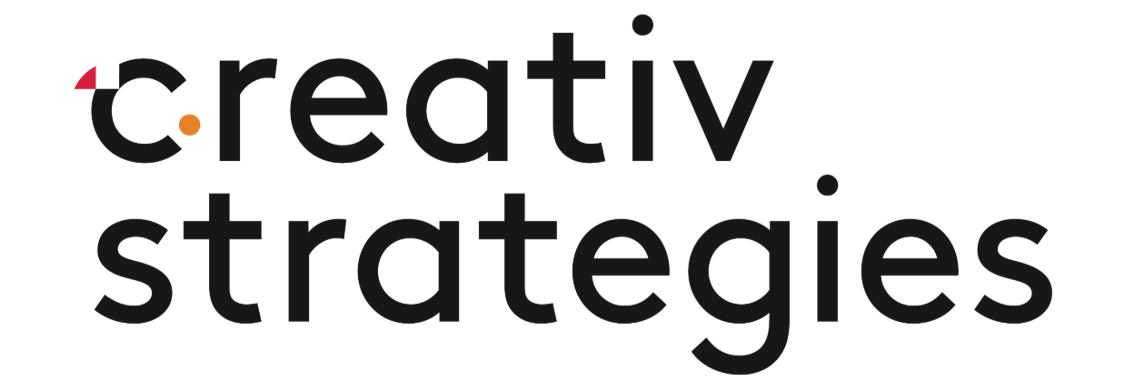Marketing to Mental Short Cuts
A couple weeks ago, we examined several common brand definitions. Ultimately, my thesis maintained that we can define a 'brand' as a mental short cut also known as a heuristic. Stated more simply - a brand is the summation of all your encounters, thoughts, experiences about a certain thing. The aggregate of experience allows you to evaluate a brand instantaneously, simplifying decision making processes and comparisons.
Daniel Kahneman, a professor of psychology at UC Berkeley, thoroughly examines how humans use mental heuristics in his book Thinking Fast & Slow. According to Kahneman, our mind has essentially two modes of thinking - system 1: fast, instinctive, and emotional and system 2: slow, deliberate, and logical.
A basic outline for those that want the spark notes on Kahneman's theory.
Our inherent biases tell us that we always make deliberate, logical decisions, but his research shows that we rely heavily on system 1 in our day to day lives. In fact, fast, instinctive, and emotion decisions are essential to carrying out everyday tasks that lighten our cognitive loads. Our minds have a cognitive limit each day and heuristics provide solutions to carrying out automatic, fast, and continuous tasks.
While mental shortcuts make decisions more efficient, they also come at a cost, leaving us open to cognitive biases and less than optimal decisions. It is precisely our human reliance on heuristics where brands carry enormous value and can simultaneous reap rewards.
To demonstrate how brands as heuristics provide consumers useful tools, click through the gallery of images below.
The average supermarket has over 40 thousand individual items according to the Food Marketing Institute. Superstores such as Walmart can range from 142,000 to over 250,000 individual items.
With near limitless options, consumers must select a combination of items to fill a grocery basket. A deliberate, logical approach to selecting items in this environment would be impossible. Even in image one, our shopping hero has approximately 40 different bottles of Olive Oil, by brand and variation, to choose from. 40 items in only one category.
The psychologist Barry Swartz calls this phenomenon, the Paradox of Choice. The basic premise of this paradox is that faced with unlimited choices, you are unable to choose. The paradox also describes my nightly struggle of what to watch on Netflix and my frustration with large menus.
The solution? Brand Heuristics. In a sea of products, brands give consumers a convenient marker on which to anchor. They can make decisions easier based on past experiences, recommendations, marketing appeal, and visibility.
You can pick out an olive oil because Margaret suggested, you can buy a car because you enjoyed riding in it, you can prefer a soap because it worked before, and I can choose a movie on Netflix because the trailer looked interesting. Brands make product decisions easier.
It is useful to frame brands in the context of consumer behavior. It demonstrates that brands do have value insofar as they provide people with useful information and a heuristic to reference. It tells us that brand equity represents the summation of sentiment based on all relevant brand touch points. It tells us that what we do in advertising has value.
But it also tells us that our work has limits. If the product isn't good, no amount of ad money can solve it. A consumer always equates a bad product to its brand. A negative PR backlash can have lingering effects, and your corporate culture will affect your end consumer.
As for my personal brand - I hope you've learned something and come back for more.





